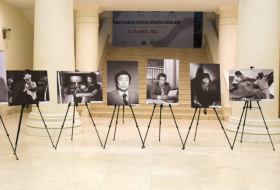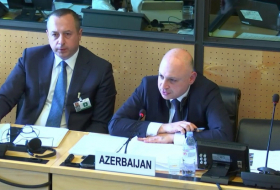Triggers for painful memories can be `erased` using LASERS

These findings could work toward the development of new methods to reverse post-traumatic stress disorder, they claim.
Scientists at the University of Toyama wanted to see whether two independent memories can be linked and then decoupled.
To do this, mice were trained to have two separate fear memories.
First, Professor Kaoru Inokuchi taught mice to associate pain with taste.
The mice were injected with nausea-inducing lithium chloride every time they licked a bottle filled with a saccharine solution.
To create a second fear memory, mice were then trained to associate a tone with an electric shock, causing them to freeze whenever they heard it.
These two unrelated memories where then linked.
Whenever the mice tasted saccharine, researchers played the same tone, causing them to freeze.
Eventually, whenever mice tasted the sugar solution, they automatically froze.
The team then wanted to separate these memories using lasers.
They used a technique called optogenetics that uses light to target and switch off specific neurons that were active during these memories, so that the memories were no longer linked.
And it worked. When they tasted saccharine, the mice no longer froze.
When they played the tone, the mice stood still, showing that the memory was not erased completely but decoupled from each other.
This is is important because it may be harmful to PTSD patients if breaking the link between a trigger and a painful event erases the original memories completely.
`In principle, we should be able to apply this approach to specifically dissociate a daily memory and also the traumatic event without affecting the individual memory,` says Inokuchi.
`The fact that you can parcel out these memories and manipulate them in a predictable fashion is remarkable,` Sumantra Chattarji, an expert on memory at the National Centre for Biological Sciences in Bangalore, India told New Scientist.
`This was impossible a few years ago.`
Inokuchi believes some day in the future, a similar technique could help people decouple traumatic memories from memories of other events.
Scientists generally believe that emotional memories are tied to the amygdala, though the mechanisms which control memory are still a mystery in many ways.
In a separate study last year, researchers tested the underlying mechanism of memory using a fear-based model in mice.
The team manipulated acetylcholine, a neurotransmitter in the brain that acts as a mechanism for signalling involved in memory.
This neurotransmitter is delivered to the amygdala by cholinergic neurons, which reside in the base of the brain and have been thought to strengthen emotional memories when increased in the amygdala.
To stimulate specific populations of cholinergic neurons, the researchers used light to control the cells in living tissue.
`Memories of emotionally charged experiences are particularly strong, whether positive or negative experiences, and the goal of our research is to determine the mechanisms underlying the strengthening of memory,` said Lorna Role, PhD, Professor and Chair of the Department of Neurobiology and Behaviour and Co-Director of the Neurosciences Institute at Stony Brook Medicine.
The researchers found that when they increased acetylcholine release in the amygdala as a traumatic memory formed, this memory was enhanced, lasting more than twice as long as normal.
When acetylcholine signalling was decreased during a traumatic experience, the researchers were able to wipe out the memory.
TRAINING YOUR BRAIN TO BANISH BAD MEMORIES
Another study led by researchers from Dartmouth and Princeton has shown that people can intentionally forget past experiences by changing how they think about the context of those memories.
The researchers showed participants images of outdoor scenes, such as forests, mountains and beaches, as they studied two lists of random words.
The volunteers deliberately manipulated whether the participants were told to forget or remember the first list prior to studying the second list.
Right after they were told to forget, the scans showed they `flushed out` the scene-related activity from their brains.
But when the participants were told to remember the studied list rather than forget it, this flushing out of scene-related thoughts didn`t occur.
The amount people flushed out scene-related thoughts predicted how many of the studied words they would later remember, which shows the process is effective at facilitating forgetting.
To forget those negative thoughts coming back to haunt you, researchers suggest trying to push out the context of the memory.
For example, if you associate a song with a break-up, listen to the song in a new environment.
Try listening to it as you exercise at the gym, or add to a playlist you listen to before a night out.
This way, your brain will associate with a positive feeling.
If a memory of a scene from a horror film haunts you, watch the same scene during the daytime.
Or watch it without sound but play a comedy clip over the top.
/Daily Mail/















































